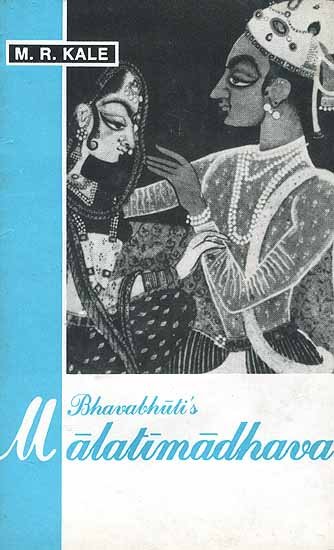Malatimadhava (study)
by Jintu Moni Dutta | 2017 | 52,468 words | ISBN-10: 8120813057 | ISBN-13: 9788120813052
This page relates ‘Riti Used in the Malatimadhava (Introduction)’ from the English study on the Malatimadhava of Bhavabhuti:—A Prakarana type of Drama in ten acts revolving around the love-story of Malati (from Padmāvatī) and Madhava (from Vidarbha). This study discusses the history of its author and the literary, social, religious, historical and cultural aspects of the Malatimadhava.
Part 3.3 - Rīti Used in the Mālatīmādhava (Introduction)
As regards the rīti of Mālatīmādhava is concerned, it is necessary to remember that rīti changes according to the subject matter, characterization and description in a composition.If a love scene is to be described, the language is of necessity, simple, spontaneous and sweet but on the other hand in the descriptions of the battle scenes, language becomes harsh, complicated and terse. A composition can achieve the greatest height of artistic position only if a proper rīti is employed at the proper place.
Thus, multiplicity of rīti in an artistic composition is inevitable and same is the case with the rīti of Bhavabhūti.
Thus, in this Prakaraṇa Bhavabhūti has employed three types rīti very suitably.
